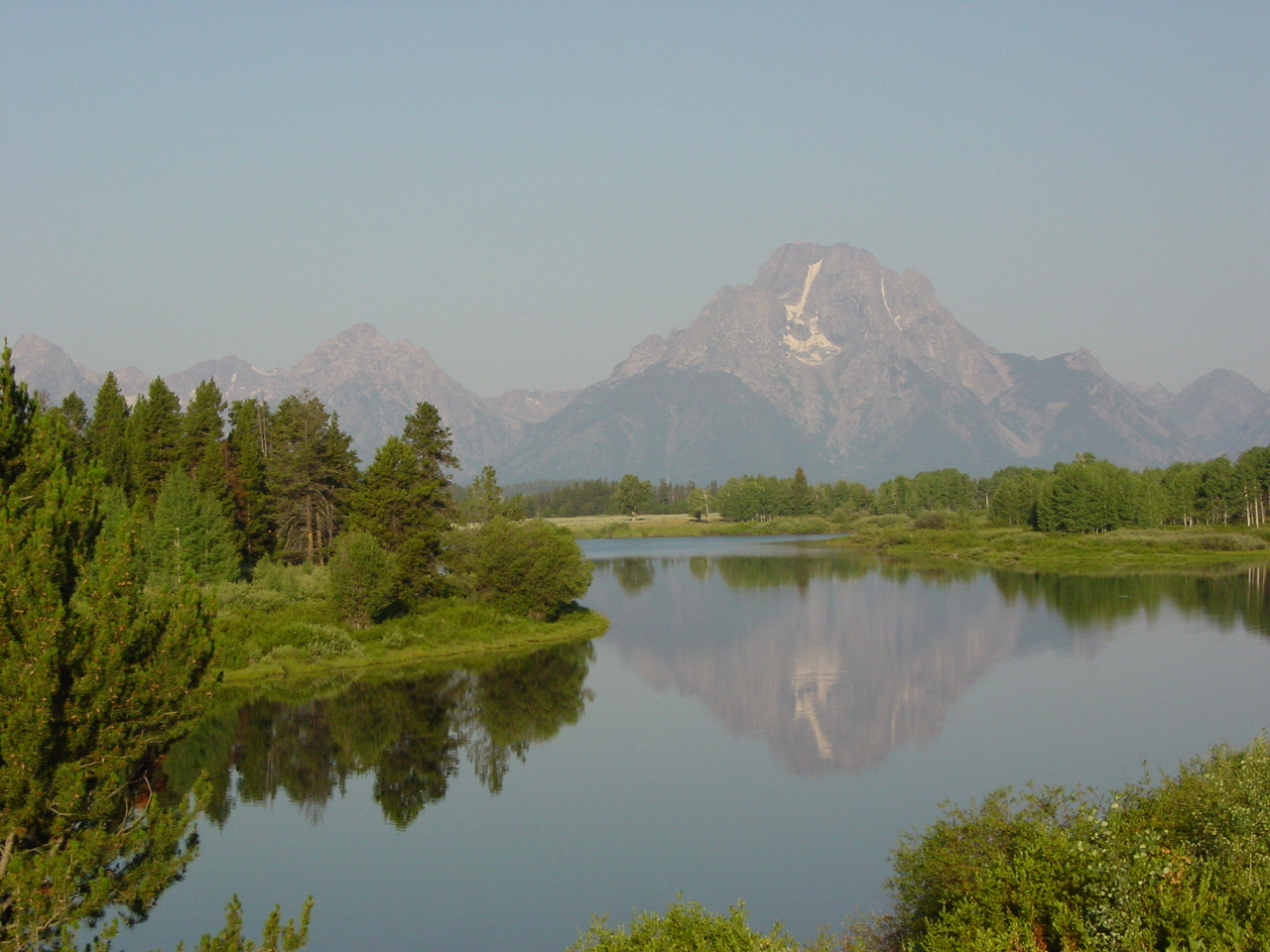The first “corral” of Westerners International established in Wyoming is more than 65 years old.
The organization was formed nationally by Black Hills-born historian Leland Case who lived in Chicago during World War II. Case found that a number of his fellow “Windy City” dwellers were transplanted Westerners who enjoyed reading and writing about the history of their native area. On Feb. 25, 1944, Case, editor of The Rotarian magazine, and Elmo Scott Watson, newspaperman and educator, formed the Chicago Corral. This was followed by the founding of corrals in Denver (Jan. 26, 1945), St. Louis (June 1, 1946), Los Angeles (Dec. 19, 1946), New York City, and Tucson (April 15, 1953).
“Our group is the first state-wide posse to be organized,” wrote the editor of the Wyoming Brand Book in November 1953. “the others are more or less city-confined–Chicago, New York, Los Angeles, and Denver.”
“Historically we are on top of the heap, for there is only one Hole-in-the-Wall, one Hell’s Half Acre, one Jackson Hole, one South Pass, one Blue Grass Well, and one Buffalo, Wyoming. there was just one ‘invasion,’ one ‘Beaver Dick’ Leigh, one Alex Swan, one ‘Cattle Kate,’ and one Joe LaFors! These riches are just a few that are our Wyoming’s custody. We are almost within hearing distance of the footsteps of the past. Our history is new–and we are on the heels of it. We are where everyone eventually goes to see and study western history.”
The first officers of the Wyoming Westerners included residents from throughout the state. Laramie photographer Dr. W. B. Ludwig was the “sheriff”—president—of the newly formed group; J. Elmer Brock, pioneer Kaycee cattleman, was “first deputy”. H. D. Del Monte of Lander was “second deputy.” Third deputy was state engineer L. C. Bishop of Cheyenne.
“Roundup Foreman” and editor of the Brand Book, as the quarterly journal was called, was Dean F. Krakel, then serving as director of the “Archives and Western History Department” at the University of Wyoming, predecessor to today’s American Heritage Center.
“Tally Man” was Dr. R. H. Burns, Laramie. Burns, a professor in the Wool Department, UW College of Agriculture, was completing (with his co-authors A. S. Gillespie and Willing Richardson) what has become a valued and rare book, Wyoming’s Pioneer Ranches. UW historian Dr. T. A. Larson was “register of marks and brands” while Fred Hesse, Buffalo area stockman, and Dr. W. A. Hinrichs, Douglas physician, were the “chuck wranglers.”
There were two honorary life members: William Carlisle, variously called the “Lone Bandit” or the “Gentleman Bandit,” then operating a motel in Laramie; and Herman St. Clair, the Shoshone chief, living on the Wind River reservation.
Initial membership was 15 with two associates and “over a hundred corresponding members,” according to Burns’ first report published in the initial Brand Book. Representation came from 20 states and the District of Columbia. “The payment of dues has been surprisingly better with the out-of-state boys than the locals,” Burns wrote, warning members that “no dinero–no frijoles.” Among the corresponding members were T. Joe Cahill, Cheyenne, and famed photographer Charles Belden who joined from Florida. Sen. Lester Hunt was also a corresponding member.
The first statewide meeting of the organization was held in Lander in May 1953, and hosted by Harold DelMonte at his Noble Hotel.
The first volume of the Brand Book included many pieces of “cowboy poetry,” personal reminiscences of individuals such as Slim Lawrence about Jackson Hole, obituaries of famous Western figures (such as Dr. Hinrichs’ salute to Mike Shonsey), and numerous book reviews. Among the reviewers were long-time UW librarian and historian Emmett Chisum of Laramie and historian Robert David of Casper.
David, the son of the ranch foreman of the CY Ranch during the late 19th century, reviewed the University of Oklahoma Press’ reprint of Asa Mercer’s Banditti of the Plains. “It is purposely slanted to the side of the cattle thieves, and their friends after the stockmen had refused Mr. Mercer’s offer to write the account from their standpoint,” David wrote. In reading the book, he stated, “the reader must decide initially whether the book can be classified as history or propaganda.”
The Wyoming organization continued to grow during the 1950s and 1960s as “corrals” of the international organization were formed around America and throughout the world. (The first foreign “corral” was established in London, soon after the Wyoming organization started). According to the organization’s website www.westerners-intl.org Westerners International consists of 138 corrals in 25 states and 13 foreign countries.
The Laramie-based “Wyoming Corral” is currently inactive, but three other corrals have been formed in Wyoming. The international’s website lists them as follows:
Casper, (150), org. July 26, 2014
Cheyenne Corral (75) org. Feb. 5, 1976.
Pahaska (Cody) Corral (143), org. June 25, 2002
Laramie-Wyoming Corral (7) org. May 2, 1953. (currently inactive)
